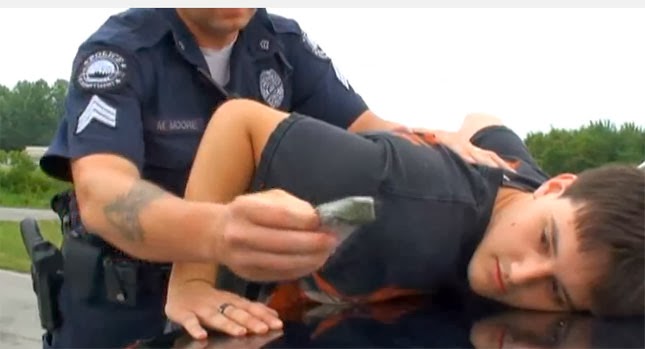Driving under the influence of any substance that can alter your perception, reaction times or just general thought patterns is in no ways recommendable. Nowadays, if whatever contains the active substance is procured through legal means, then it usually comes with a disclaimer or warning of some kind on the side, or at least a suggestion, like “drink responsibly,” or the classic “don’t drink and drive.”
However, we all (should) know that the subconscious substrate of the brain really perceives those messages as “drink,” or “drink, drive,” as negations. That’s why no matter how many anti-something campaigns there are, it’s the something that always stands out. This too is the case with marijuana, about which you may have heard many things, probably all right to a certain degree, and perhaps equally wrong at the same time.
I will stress again that operating a motor vehicle in any other state than your natural, unaltered one is a bad idea, and you shouldn’t do it. However, as I mentioned before, saying no to something or saying it’s bad does not make it go away, it merely draws attention to it, which is exactly what I want to do here, and hopefully read a few documented opinions on the matter we’re about to discuss, in the comments section below.
There’s a recently posted article on NBC News that focuses on the growing number of high school seniors that take to the road after having smoked pot. The report says “an estimated 28 percent of high school seniors reported riding in a car in the past two weeks with a driver who had used drugs or alcohol, or said they had driven after using drugs or alcohol themselves, researchers found.”
Some claim that marijuana and alcohol should not be placed in the same impairment category, because the effects are different (see the videos I’ve posted below for further reference). Also, the aforementioned ambiguous statement doesn’t really mean anything concrete, and the only relevant figures I found here were those related to the rise in post-marijuana use driving that was quoted as having risen from 10 percent in 2008 to 12 percent in 2011.
The study that came up with these numbers was the work of the Monitoring the Future project, sponsored by the National Institute on Drug Abuse, and 17,000 high school seniors were asked to partake, coming from 135 different US schools – apparently this is a nation-wide occurrence, and no state was saved.
An excerpt, from a report published in the American Journal of Public Health said, “A higher percentage of students reported driving after using marijuana than after having five or more alcoholic drinks,” while Patrick O’Malley, a research professor at the University of Michigan, was quoted as saying “It’s a big deal… the sheer numbers.”
This is blamed on the widespread legalization of the drug for recreational (Washington and Colorado) or medical use in an increasingly large number of states (18 others), and the message that this has sent to youths. There are many who argue that the dangers of smoking pot are now being severely downplayed, thus encouraging more of them to try it – some of them also have cars, and you can kind of see how this all propagates, and will continue to do so.
Keep in mind that there are a wide variety of marijuana strains available, each with its own unique effect on the body and mind. In addition, people have widely varying tolerance levels, as is the case with alcohol.
So, what are your thoughts on the matter? Tell us below.
By Andrei Nedelea
Opening photo is a screen shot from Owsley County Drug Prevention’s PSA ad
VIDEO







